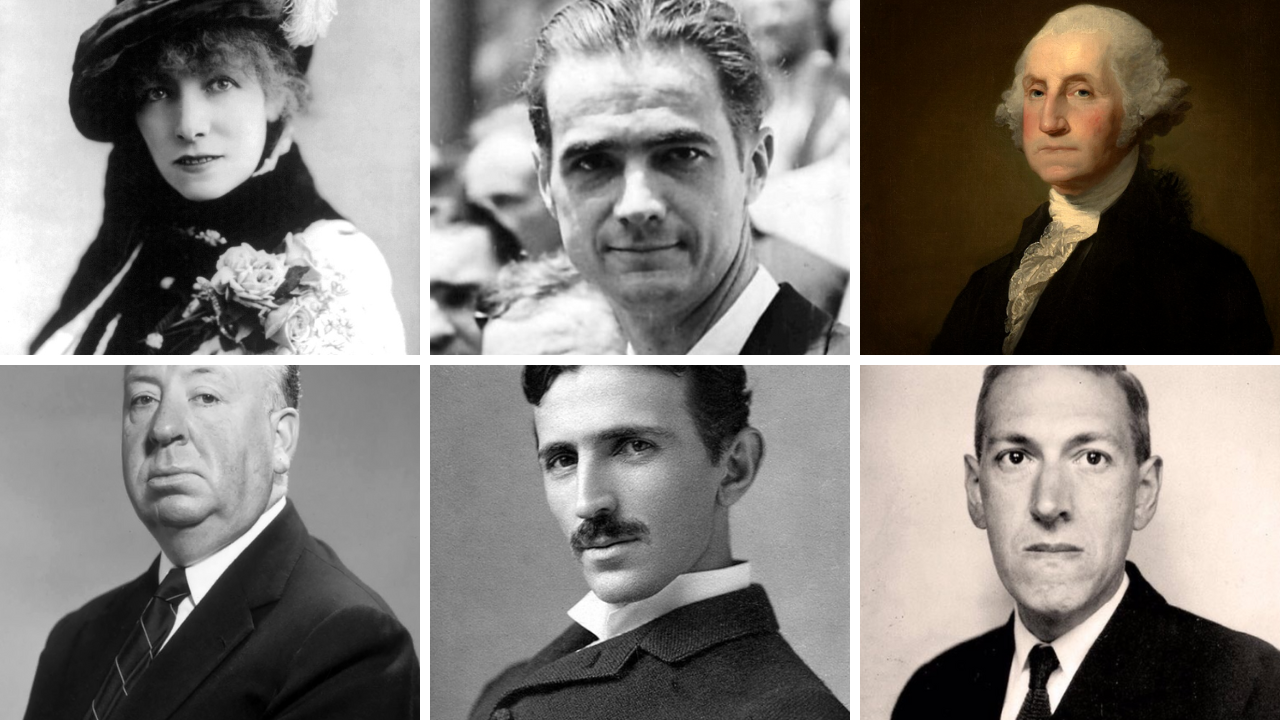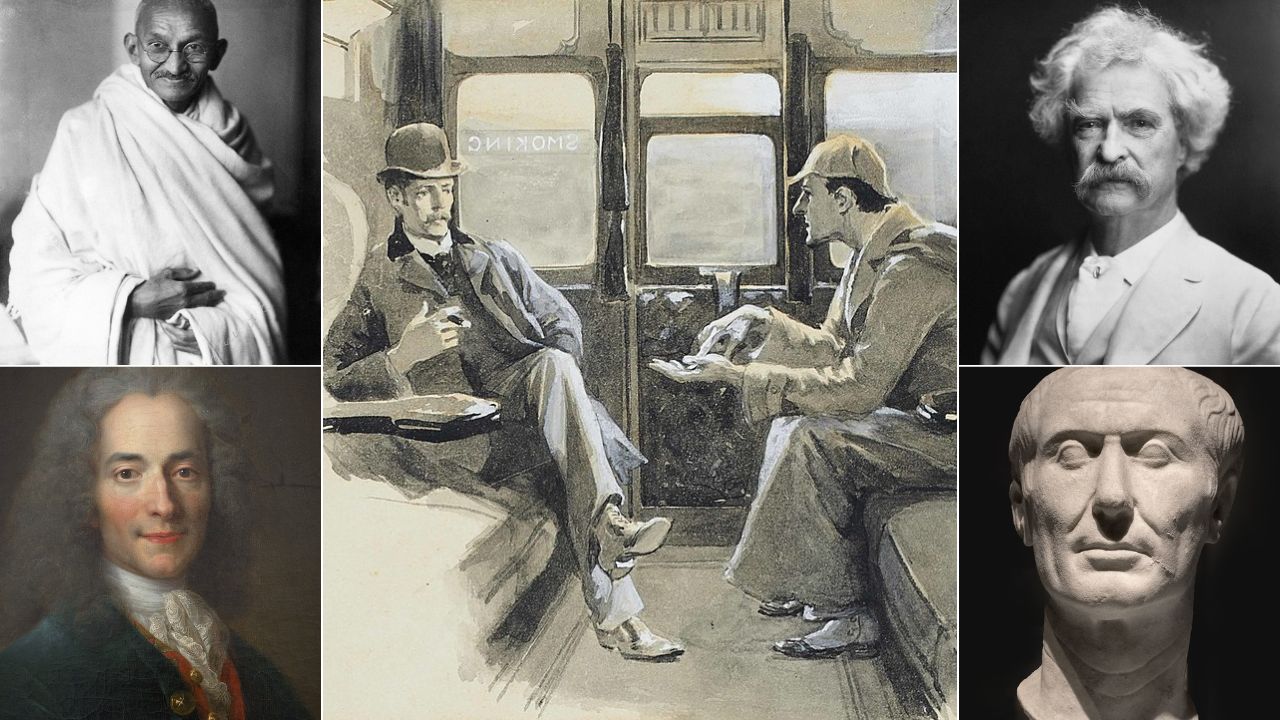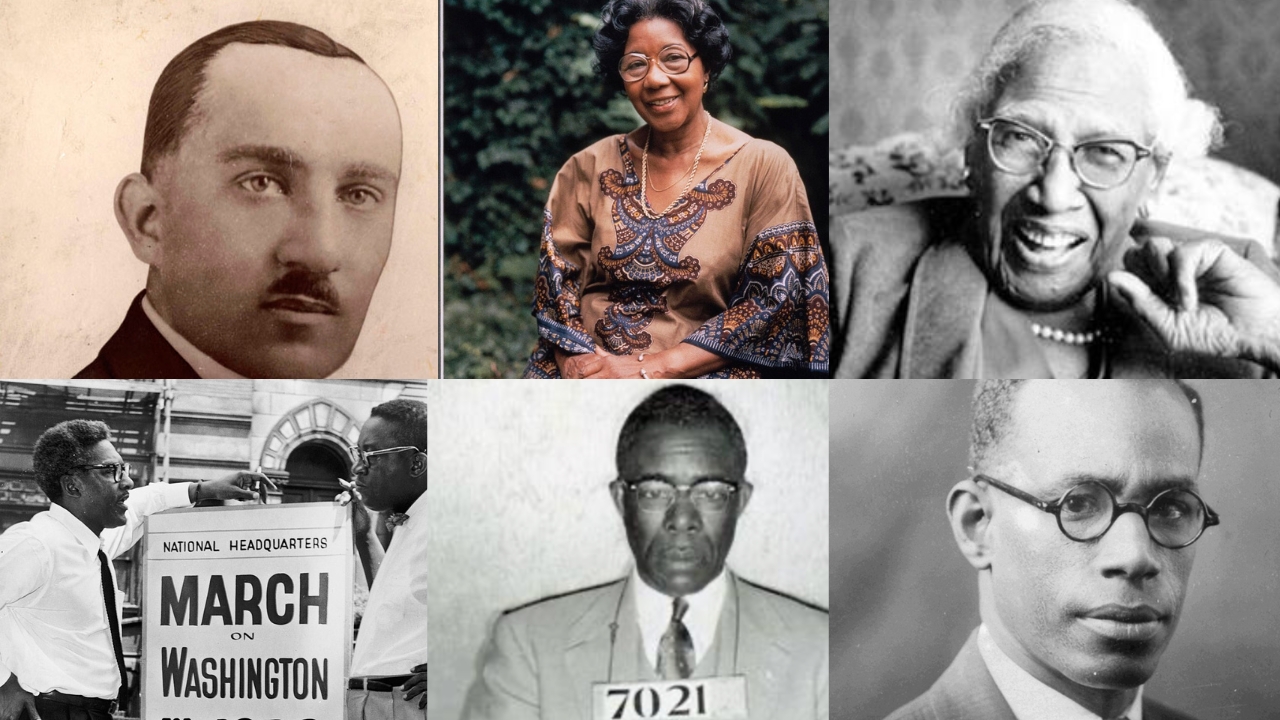History loves a clean storyline, but private anxieties keep tugging at the edges. Some of the most commanding figures lived with precise fears that shaped how they traveled, ate, worked, and greeted a room. These quirks were not sideshows. They set house rules, redirected habits, and sometimes hardened into legend. Look closely and confidence sits beside ritual and caution. The contrast is not a flaw in the record. It is the human part that explains the rest.
Genghis Khan Hated Being Near Dogs
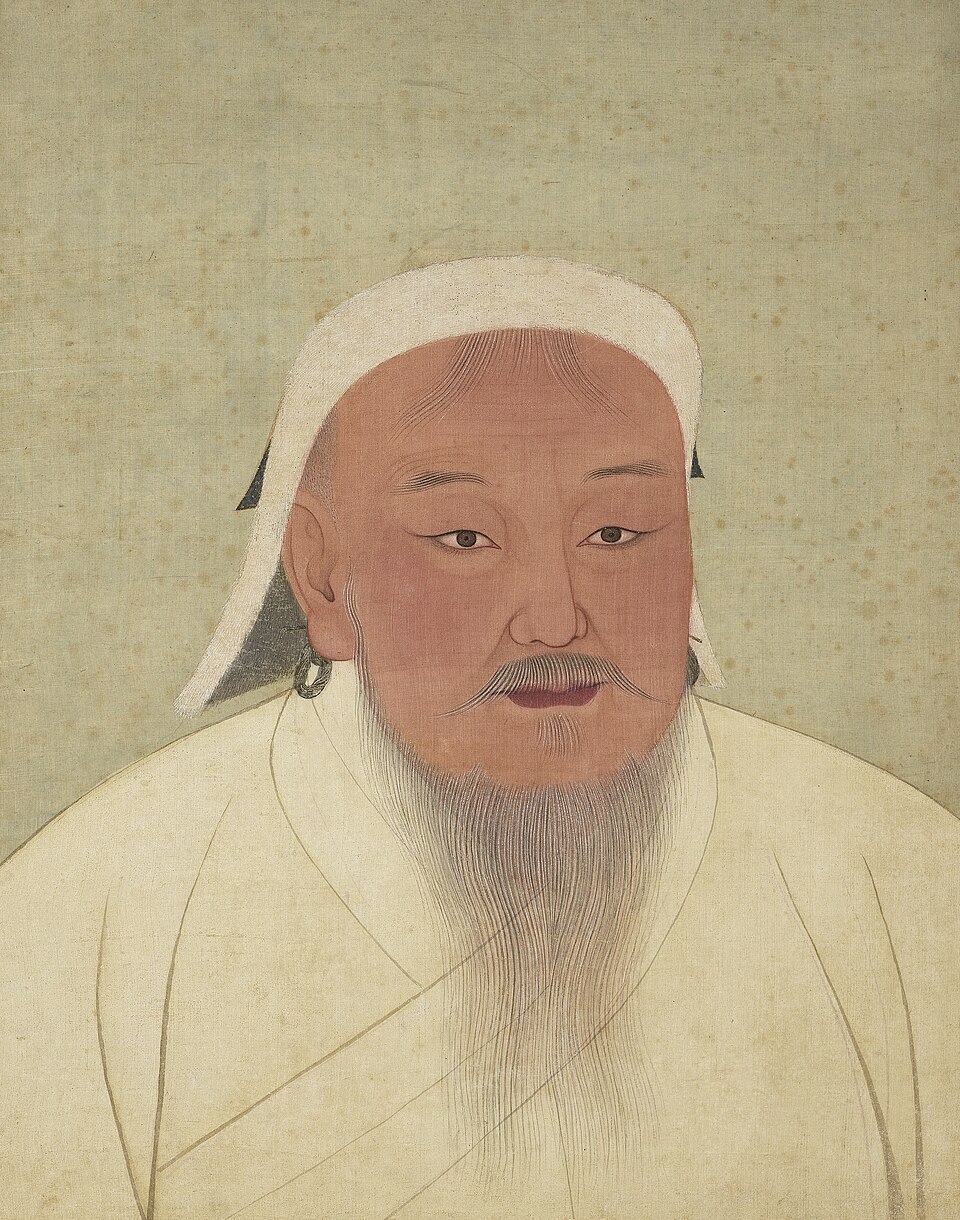
Sources describe the conqueror insisting that dogs be kept far from his tent and away from visits to allied camps. Noise, bites, and surprise were risks he did not accept in places meant for rest and counsel. Control began with sleep, so he cut the variable he could control. The habit followed him across seasons, routes, and negotiations. In a world calibrated for horses and speed, silence before dawn was not luxury. It was strategy.
Hans Christian Andersen Feared Premature Burial
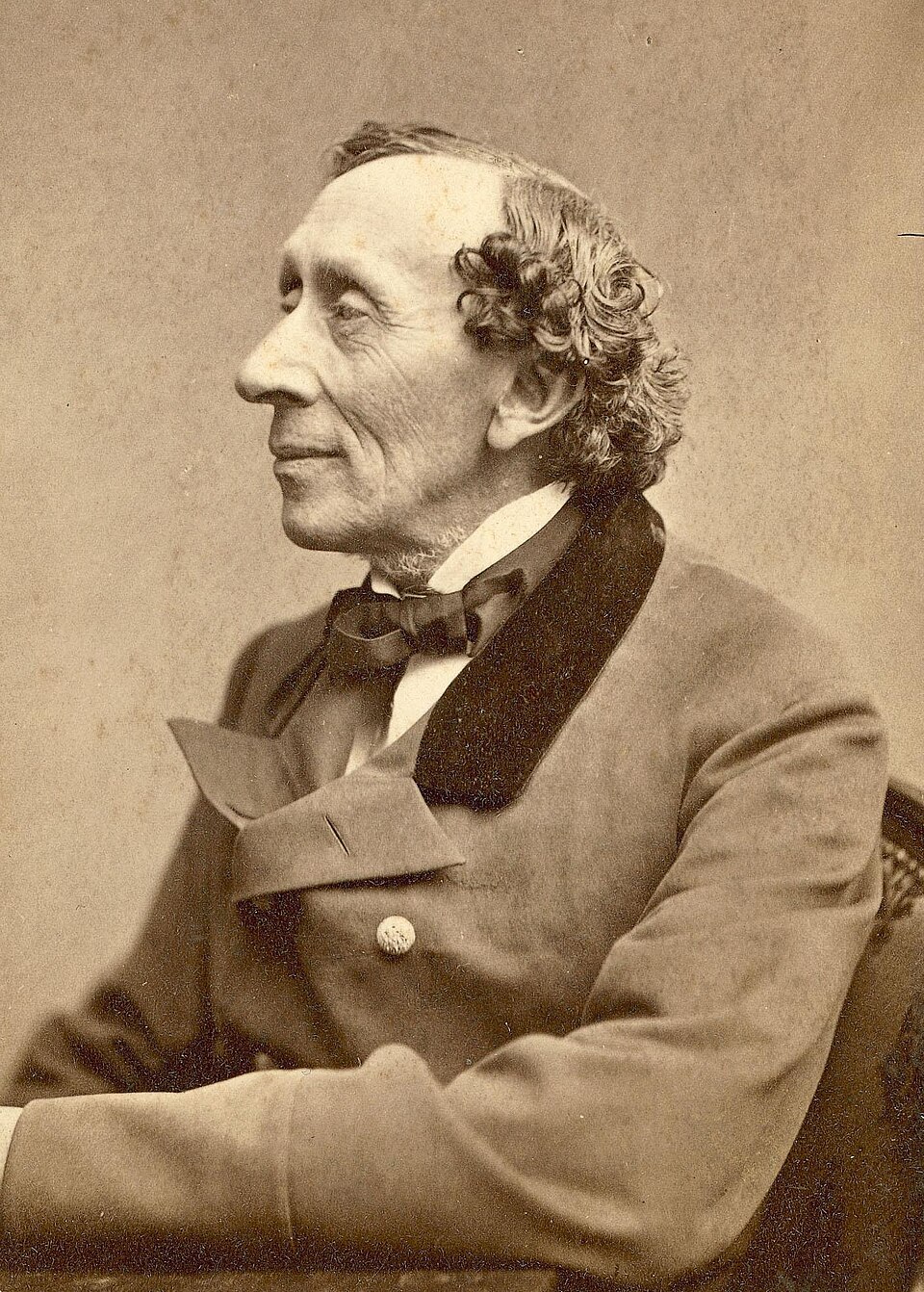
Andersen carried a note that asked people to confirm he was truly dead before burial. The fear fit a 19th century worry, but he held it with unusual persistence. He requested watchful care during illness and checked his own pulse when anxiety rose. The writer who moved gracefully between dream and waking kept a safeguard against being trapped in that gray zone. It calmed him enough to sleep, travel, and keep writing with steady attention.
Napoleon Bonaparte Panicked At Open Doors
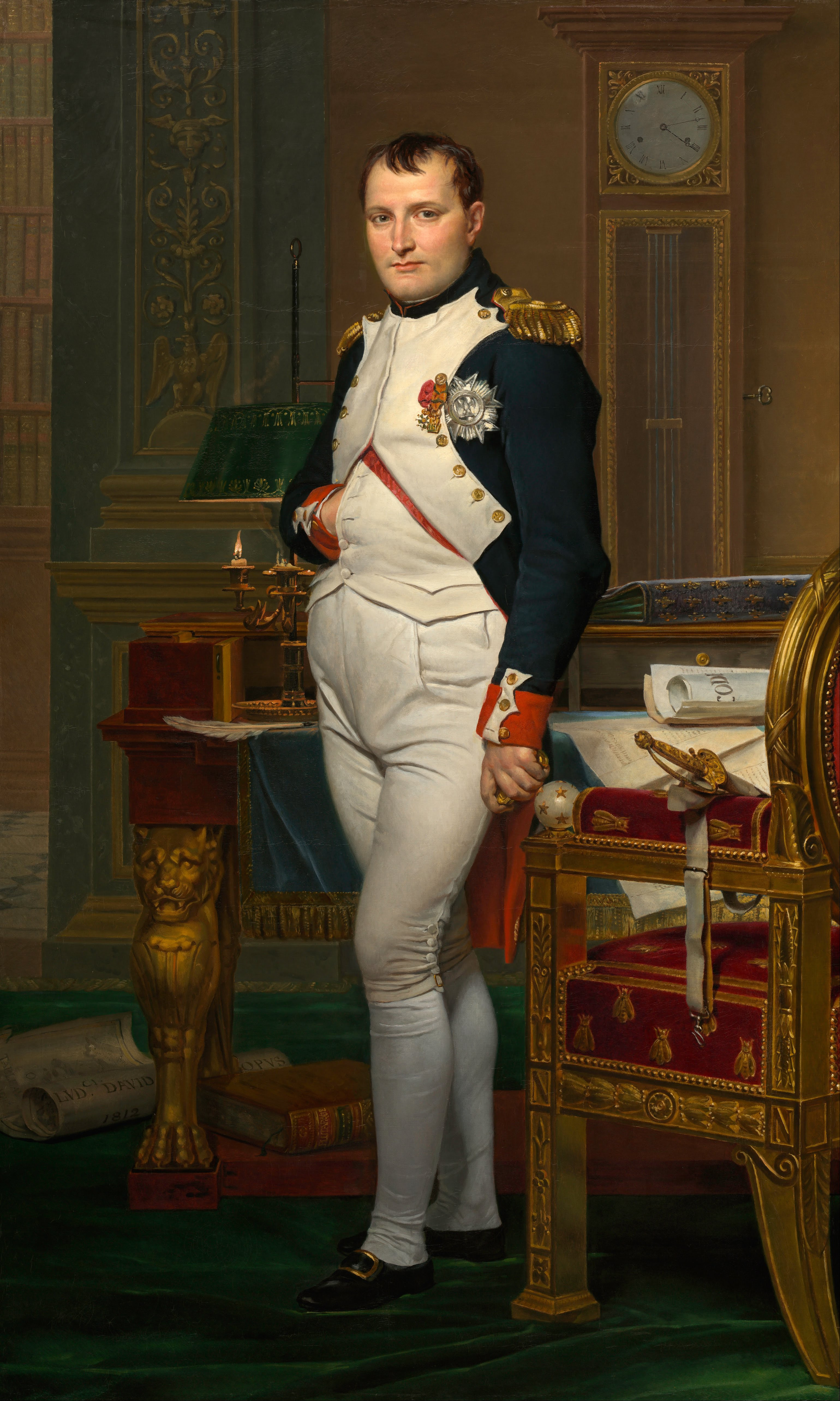
Around Napoleon, etiquette sharpened into rule. Doors had to be shut. An open door felt like disorder, a breach that scattered focus and unsettled the room. A commander who lived by maps and timetables wanted edges clear, boundaries firm, and distractions removed. Staff learned to read the air and close what swung. The habit looked fussy to outsiders. To him it was alignment, one more detail snapped into place so the larger plan could hold.
Sarah Bernhardt Lived With Fear Of Abandonment
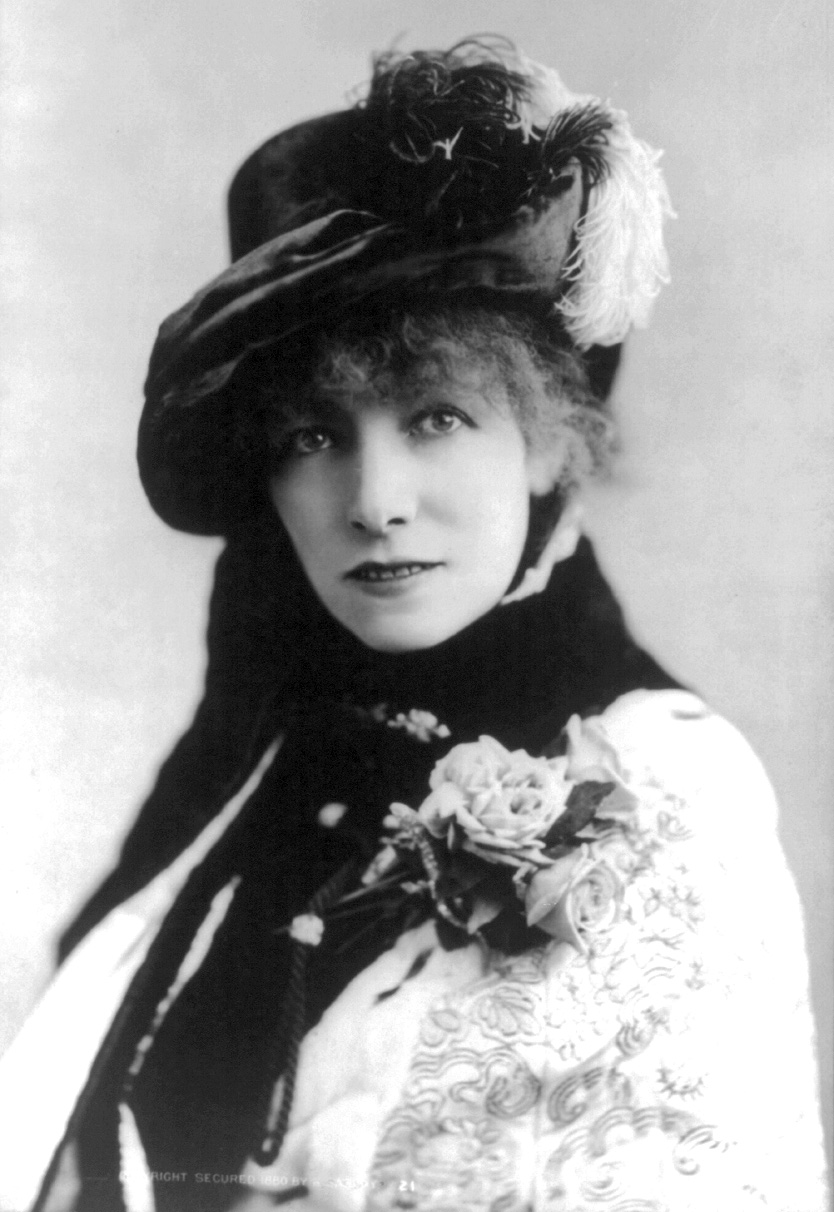
The great actress filled theaters and telegram lines, yet letters and rhythms point to a quieter ache. She kept friends close, toured relentlessly, and turned work into a shield against empty rooms. Companionship, rehearsal, applause, and the reliable hum of backstage life softened the edges of that fear. The stamina that critics praised had a purpose beyond art. It kept the silence away, then gave it shape onstage where she could master it.
Alfred Hitchcock Couldn’t Stand Eggs
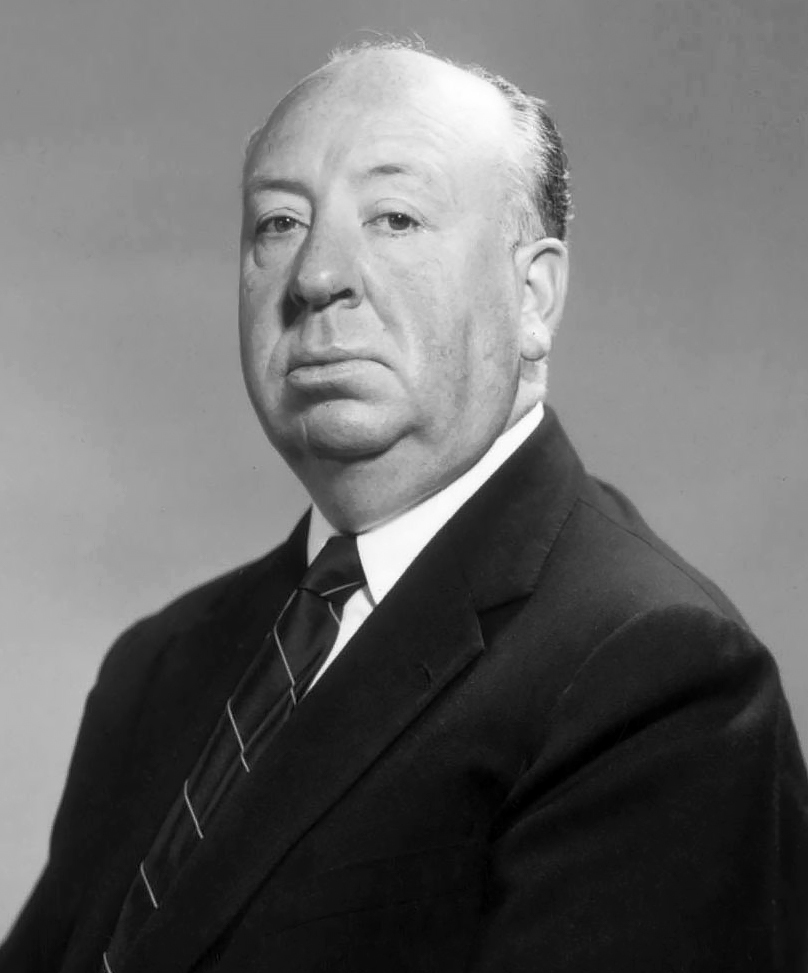
Hitchcock called eggs revolting and avoided them with a conviction that crew members quickly respected. The sight of a yolk bothered him more than staged blood, which he controlled frame by frame. There is something telling in that difference. Chaos in a shell felt unreadable, while cinematic violence could be lit, timed, and ended. Kitchens on set adapted. Breakfast scripts changed. The rule made him feel steady enough to design tension everywhere else.
Nikola Tesla Avoided Pearls At All Costs
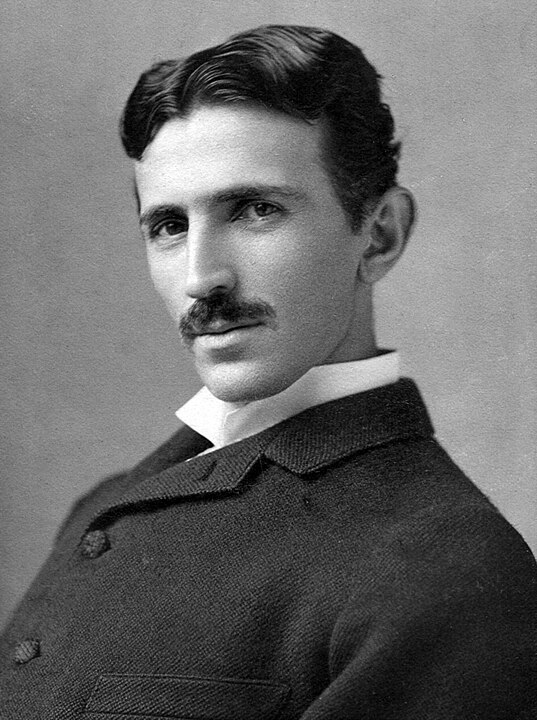
Tesla’s aversion to pearls was absolute. He refused conversation with anyone wearing them and cut meetings short rather than push through the discomfort. It was not a moral stance but a sensory one, a reaction to luster and texture that he could not quiet. The engineer who tuned machines by sound and vibration protected his focus with strict boundaries. A single ornament could tip his concentration, so he kept that trigger out of view.
Howard Hughes Fought A Consuming Fear Of Germs
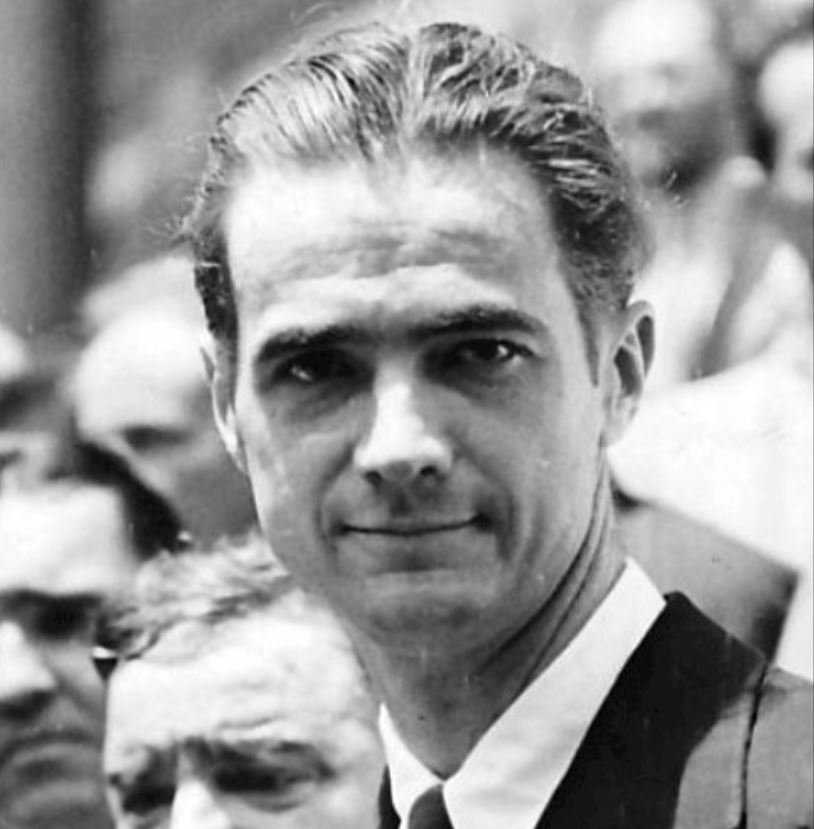
Hughes’s wealth magnified a meticulous caution into daily architecture. He washed his hands in fixed sequences, sealed rooms, and wrote long instructions for anyone who touched his supplies. Hotels became controlled environments with buffers and careful handoffs. The rituals grew with the means to enforce them. Genius built an empire of planes and films. Fear spent it on barriers that offered peace. It let him work when nothing else could still his mind.
H. P. Lovecraft Wouldn’t Touch Seafood
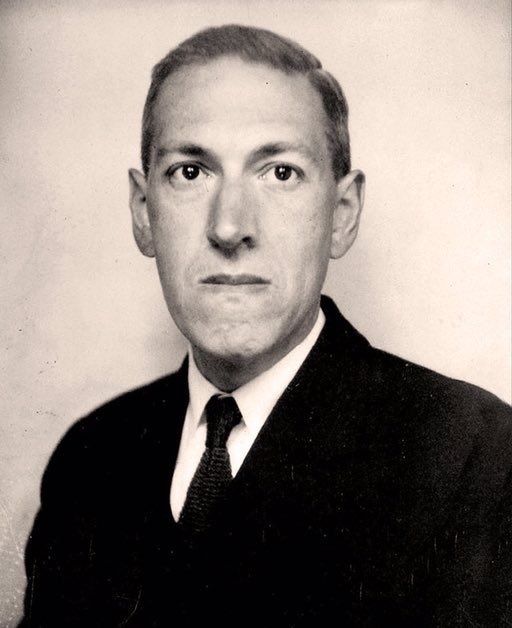
Lovecraft’s letters describe a deep aversion to seafood that bordered on dread. Markets, docks, and dinner tables with fish pushed him away. He wrote about textures and smells with clinical unease. The author who imagined ancient beings in ocean depths leaned into what unsettled him, turning discomfort into atmosphere. On the page, fear became architecture and weather. At meals, it stayed simple. He avoided the trigger and kept the work flowing.
George Washington Dreaded Being Buried Alive
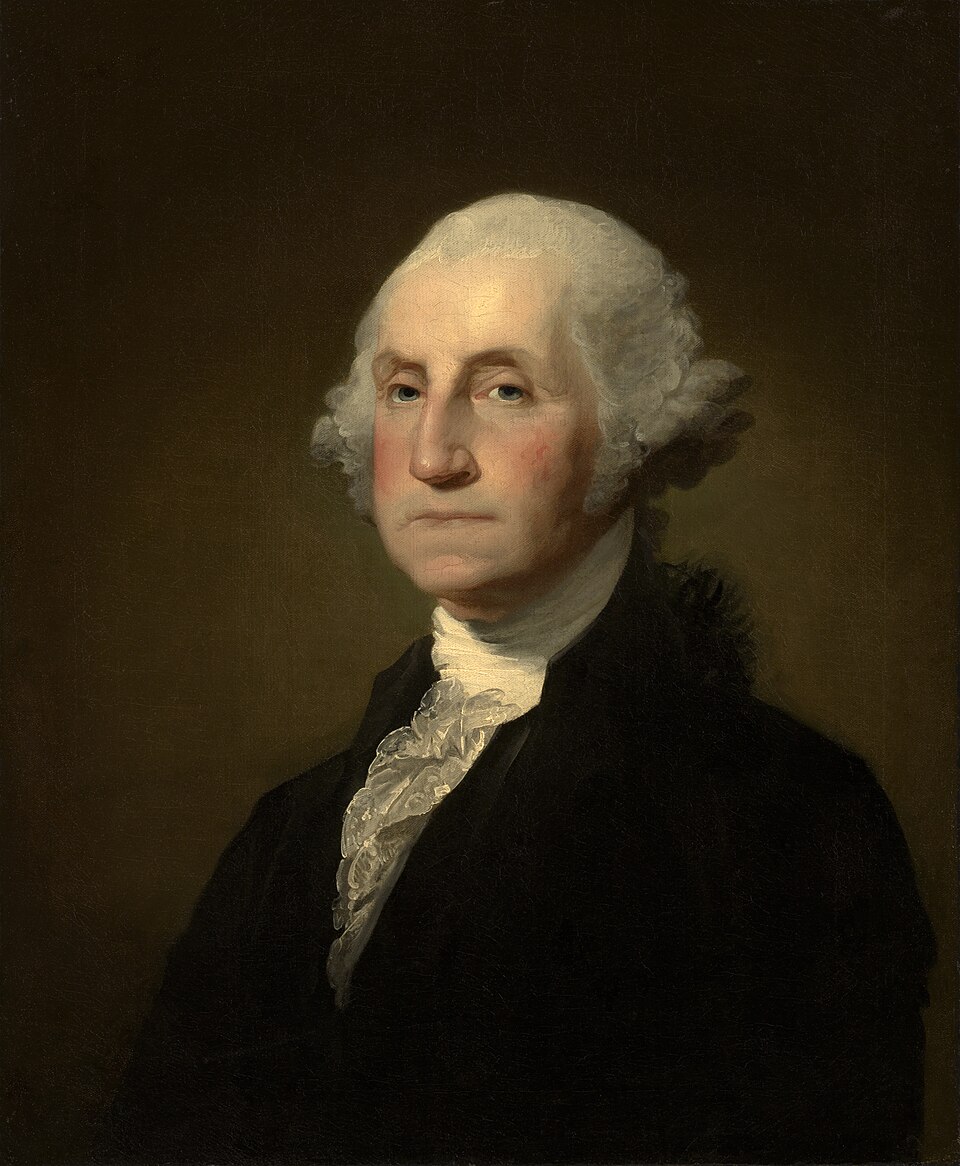
Near the end of his life, Washington instructed that his body not be entombed for several days. The caution was not rare for the era, but his insistence was unusually firm. The general who prized procedure trusted time and protocol to guard against error. A pause, witnessed and recorded, would protect him from a nightmare he considered possible. In a house known for discipline, this final rule fit the pattern of careful command.
Glenn Gould Feared Handshakes
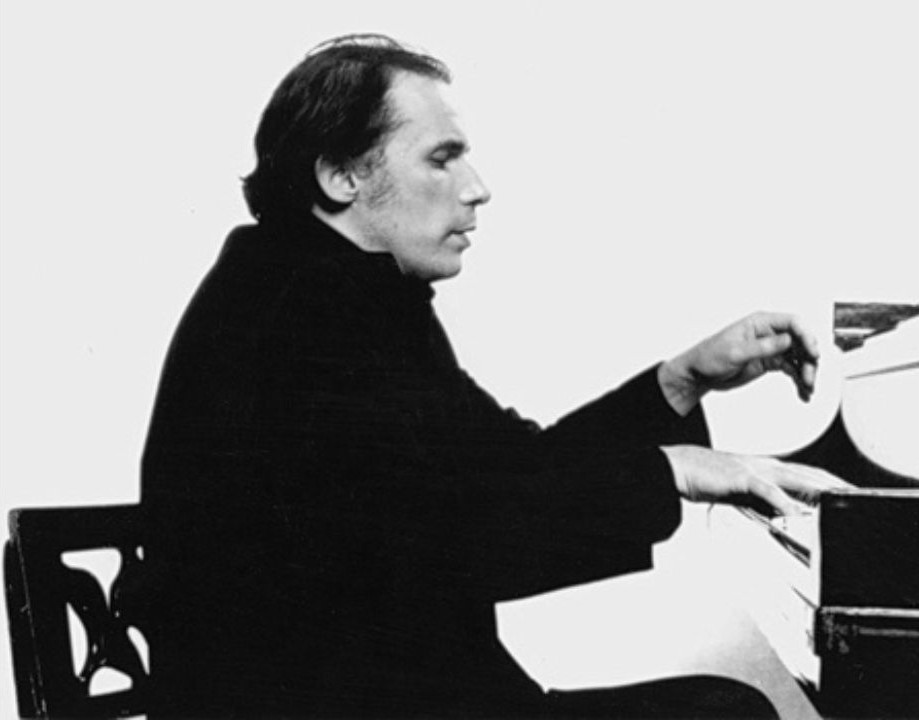
Gould treated his hands like instruments and guarded them with precision. He wore gloves, declined handshakes, and planned entrances to avoid contact. The concern reached beyond germs. It was about control, preservation, and the fragile mechanics of touch that shaped his sound. Social convention met the needs of a craft that demanded exact tendons and nerves. So he nodded, smiled, and kept distance. The music benefited from the space he insisted on.
